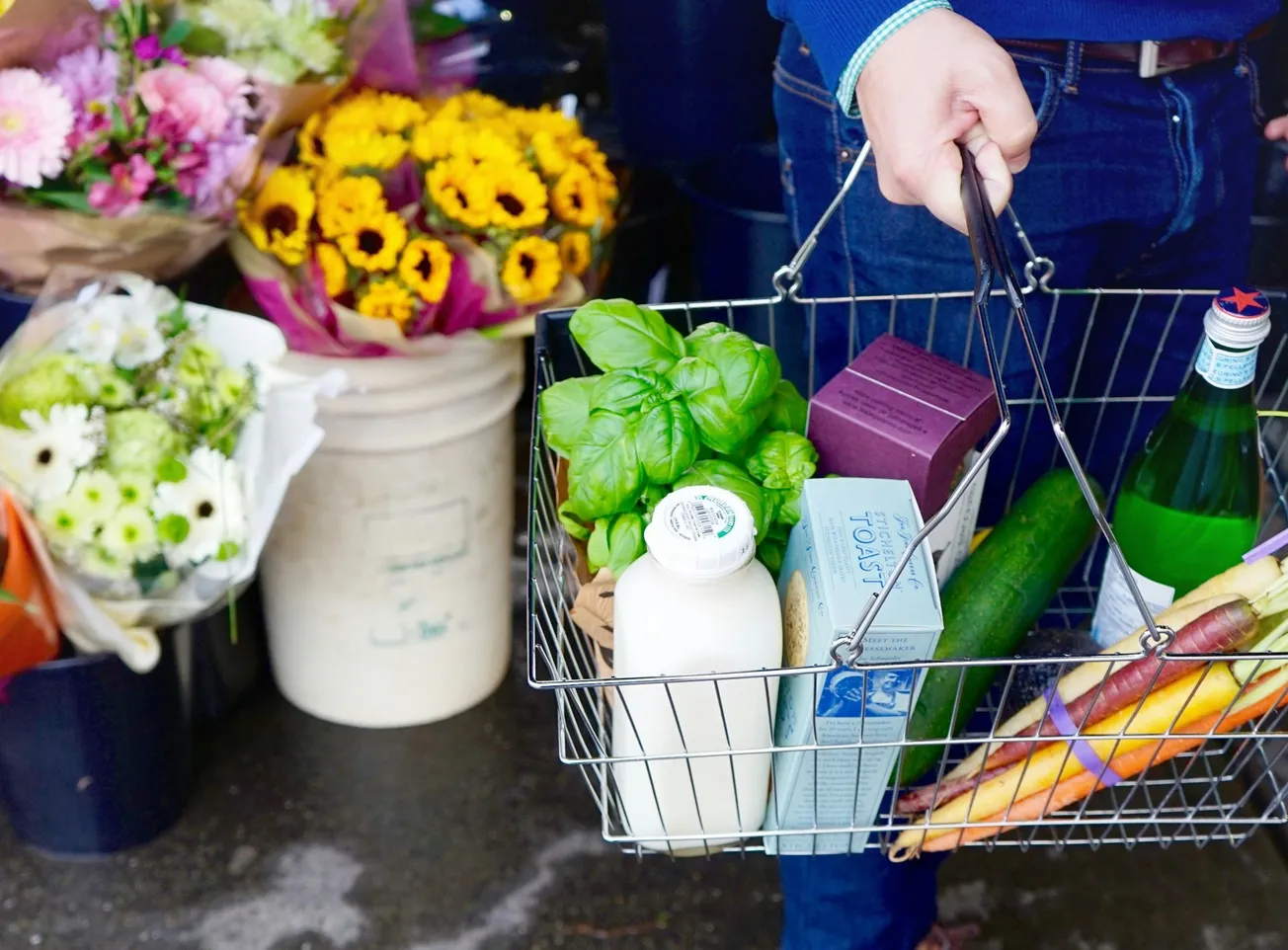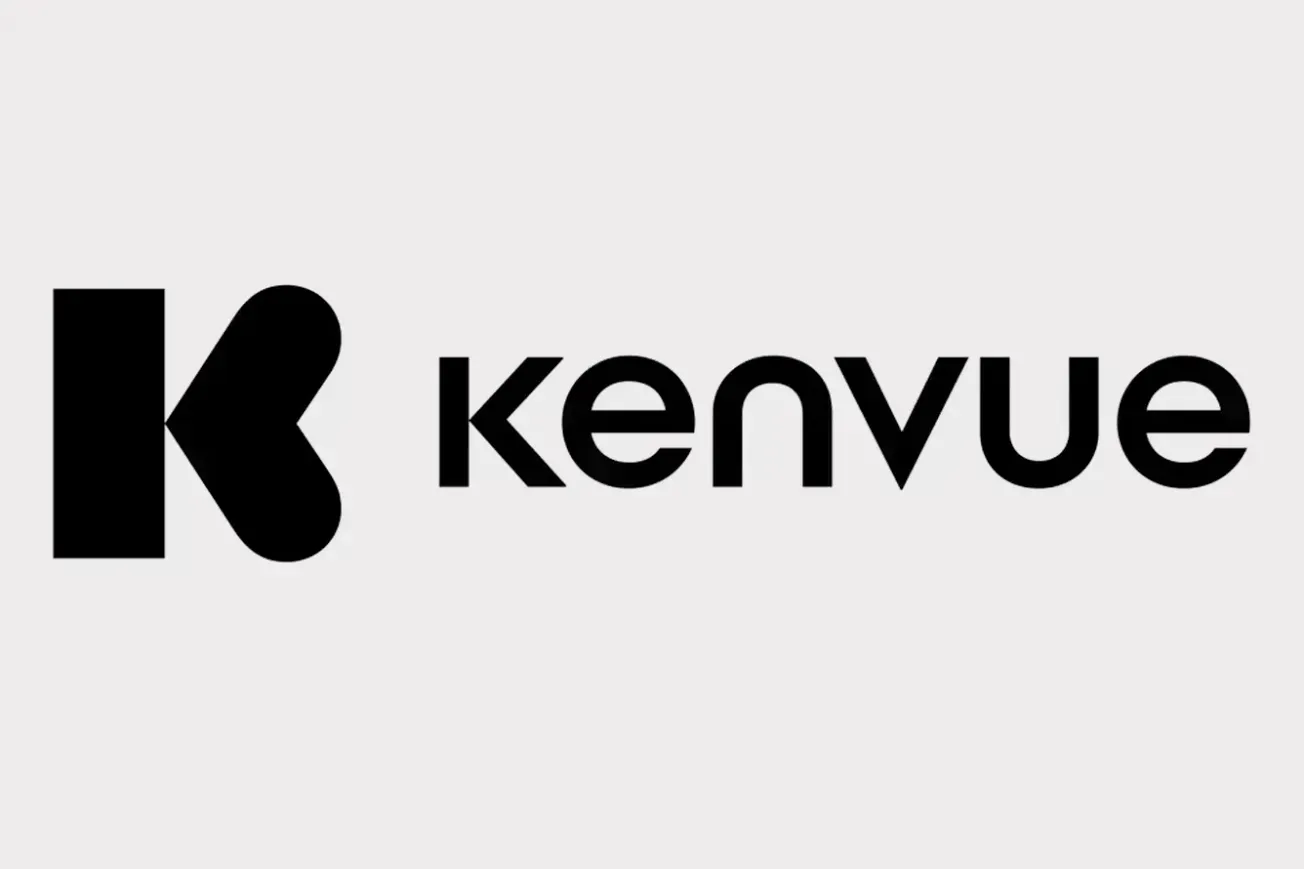SANTA MONICA, Calif. — GoodRx has published a new report mapping the scope of healthcare deserts across the U.S., revealing that 1 in 3 Americans (120 million) lack adequate access to essential health care services. The report also includes a documentary style video that shows the impact of healthcare deserts on everyday Americans.
“Pharmacies are often the most accessible healthcare touchpoint for many Americans, especially in underserved areas. When a pharmacy closes, it doesn’t just affect prescription pickup; it removes a vital hub for immunizations, counseling, and trusted care. The ripple effect can be profound, particularly in areas already struggling with other healthcare gaps,” said Amanda Nguyen, Senior Health Economist at GoodRx. “Retail pharmacy chains have long been a trusted source of care and a key part of the healthcare safety net. But with closures on the rise, we’re at risk of losing one of the most accessible and relied-upon entry points into the healthcare system, especially in underserved areas," she added.
She said the pharmacy deserts disproportionately affect low-income and uninsured populations, compounding existing health disparities. "Ensuring sustainable pharmacy access isn't just about geography, it's about equity, resilience, and investing in the communities that need care most."
The report shows how access to health services remains deeply uneven as healthcare systems prepare for cutbacks in federal funding. This data offers a timely benchmark to understand where gaps still exist, how they've shifted over time, and who remains most vulnerable.
Key report findings include:
- Widespread lack of access: 80% of U.S. counties – home to more than 120 million people – have at least one healthcare desert, meaning they lack adequate access to pharmacies, hospitals, emergency services, primary care, and/or community clinics.
- Pharmacy deserts saw the largest increase: 45% of counties are now affected by a pharmacy desert, with over 1,300 pharmacy closures since 2021 impacting more than 48 million people.
- Emergency care remains out of reach: 50 million Americans live over an hour from emergency services, while 28 million are more than 30 minutes from the nearest hospital – a distance that could prove deadly in life-threatening emergencies.
- Community health center access improved, but remains fragile: While access to community health centers improved slightly, looming federal funding cuts threaten to reverse progress.
- Healthcare deserts hit underserved populations hardest: Those with lower incomes, no insurance, or limited internet access are especially impacted — widening health disparities. States with the highest share of residents in healthcare desert counties include Wyoming (87%), Vermont (74%), Montana (70%), New Mexico (60%), and Alaska (56%).








